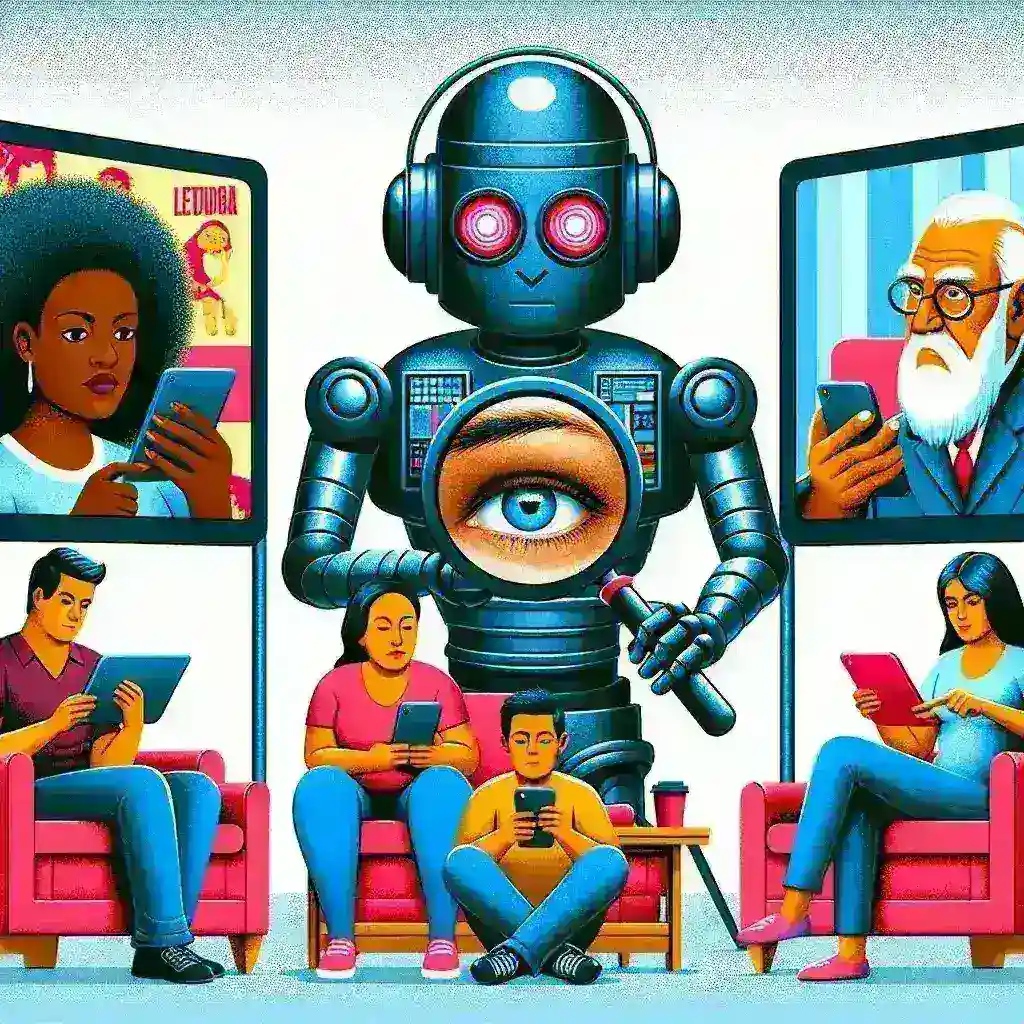Introduction
In an ever-evolving digital landscape, Comcast is stepping up its game by exploring the integration of Artificial Intelligence (AI) in its advertising strategies on U.S. streaming platforms. With the streaming market growing exponentially, the need for more personalized and effective advertising has never been greater. Comcast’s recent trials in AI-powered advertising targeting are poised to redefine how brands connect with viewers.
The Rise of Streaming Platforms
Streaming services have transformed the way audiences consume content. With platforms like Netflix, Hulu, and Amazon Prime Video leading the charge, traditional advertising methods are becoming less effective. Consumers are favoring ad-free subscription models, prompting advertisers to seek new avenues for engagement. Comcast’s foray into AI-driven advertising represents a pivotal move in adapting to these shifting consumer preferences.
Understanding AI in Advertising
AI in advertising leverages machine learning algorithms to analyze vast amounts of data, enabling brands to target specific demographics with unprecedented precision. This technology allows for:
- Enhanced Targeting: AI can identify patterns and behaviors in consumer data, offering insights into the preferences and habits of target audiences.
- Real-Time Analytics: Advertisers can receive instant feedback on campaigns, allowing for quick adjustments and optimizations.
- Personalized Content: Brands can tailor their messaging to suit individual viewer preferences, leading to higher engagement rates.
Comcast’s Approach
As part of its initiative, Comcast is testing AI algorithms that utilize viewer data from its streaming platforms to refine advertising strategies. By analyzing viewer behavior, Comcast aims to create more relevant ad experiences, increasing click-through rates and overall satisfaction for both consumers and advertisers.
Historical Context
Historically, advertising has relied on broad demographic targeting, often leading to a mismatch between the message and the audience. With the advent of the digital age, advertisers began shifting toward data-driven strategies, but the introduction of AI marks a significant leap forward in this evolution.
Previous Innovations
Before AI, techniques like programmatic advertising were introduced, enabling automated ad buying and selling. However, the integration of AI promises a more nuanced understanding of consumer behavior, allowing for strategies that were previously unattainable.
Future Predictions
As Comcast continues to test AI-powered advertising, it opens the door to numerous possibilities:
- Increased ROI: Brands can expect higher returns on investment as ads become more targeted and effective.
- Seamless Integration: Advertisements that feel organic within the content are likely to boost viewer engagement.
- Expanded Data Usage: As more data becomes available, the accuracy of targeting will only improve.
Pros and Cons of AI Advertising
While the benefits of AI in advertising are substantial, there are also challenges to consider:
Pros
- Efficiency: AI can process data faster than human analysts, leading to quicker insights.
- Scalability: AI systems can handle large volumes of data, making them suitable for campaigns of all sizes.
- Cost-Effectiveness: Reduced manual labor can lower advertising costs over time.
Cons
- Privacy Concerns: The use of personal data for targeting raises ethical questions regarding privacy.
- Dependence on Technology: A reliance on AI may lead to a lack of human oversight in advertising strategy.
- Potential for Bias: If not properly managed, AI algorithms can inadvertently perpetuate biases present in the data.
Real-World Examples
Several companies have successfully implemented AI in their advertising strategies, yielding impressive results:
- Procter & Gamble: By utilizing AI-driven insights, the company increased its advertising effectiveness and consumer engagement levels.
- Coca-Cola: The beverage giant has employed AI to analyze social media trends, allowing for timely and relevant ad campaigns.
Conclusion
Comcast’s venture into AI-powered advertising targeting signifies a transformative step in the advertising industry, particularly within the realm of U.S. streaming platforms. As the company tests and refines its approach, it is set to pave the way for more meaningful viewer connections and heightened advertising effectiveness. As we move further into the digital era, the integration of AI in advertising will undoubtedly become a cornerstone of successful marketing strategies.



